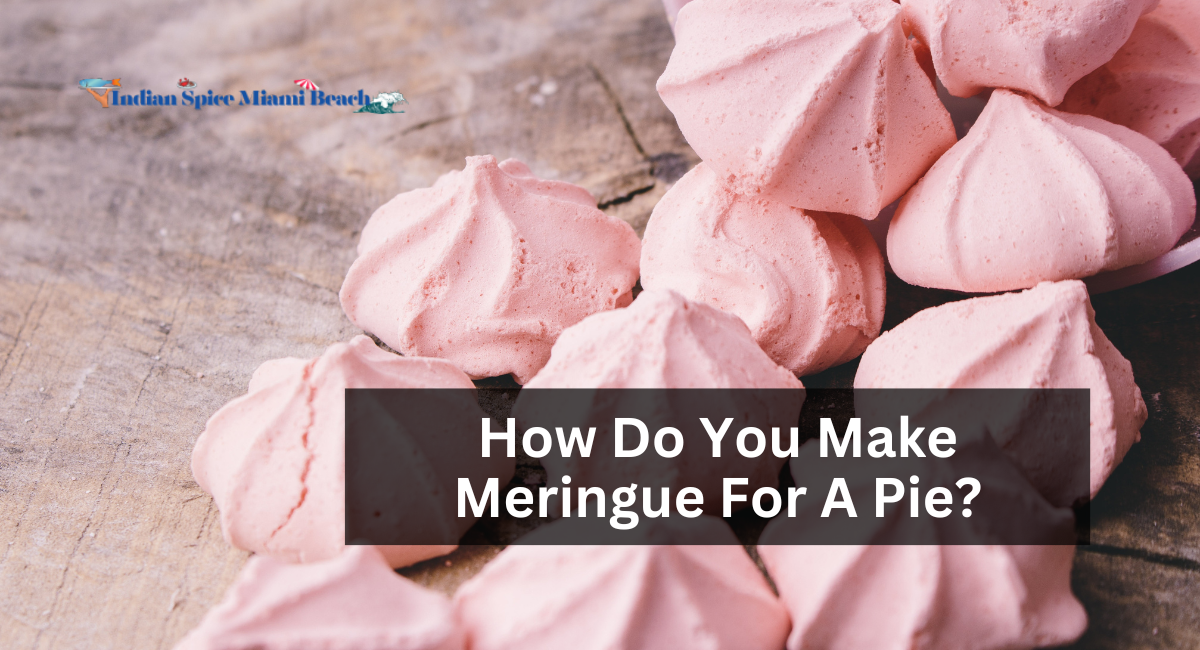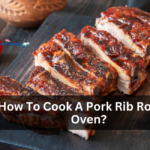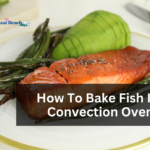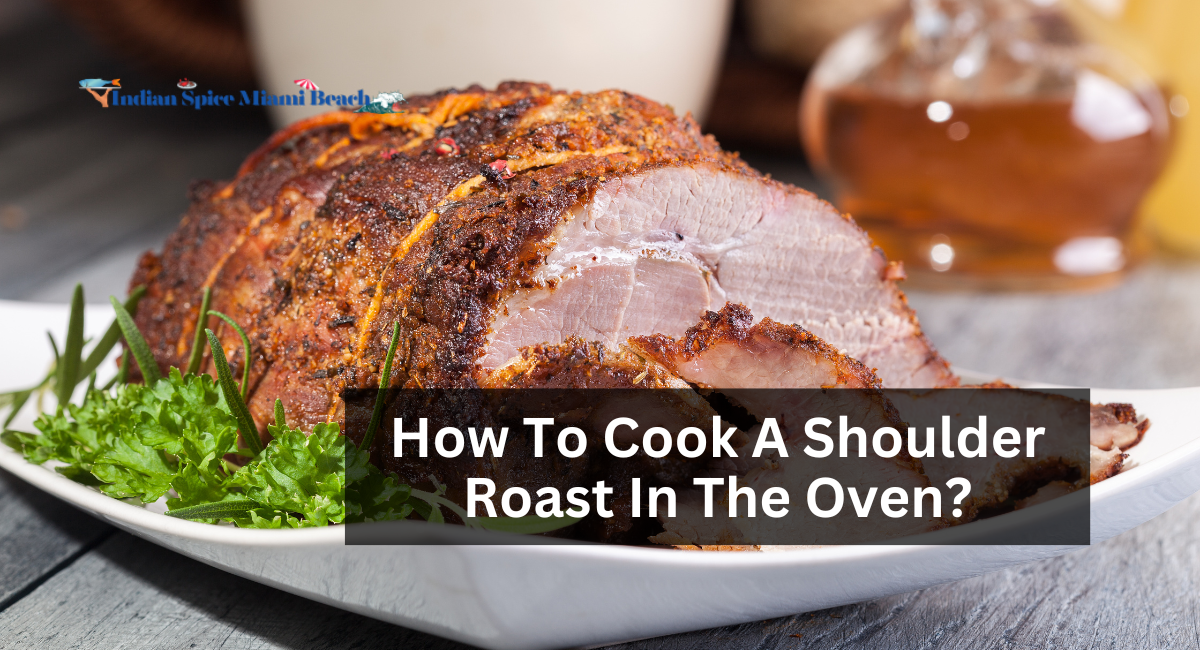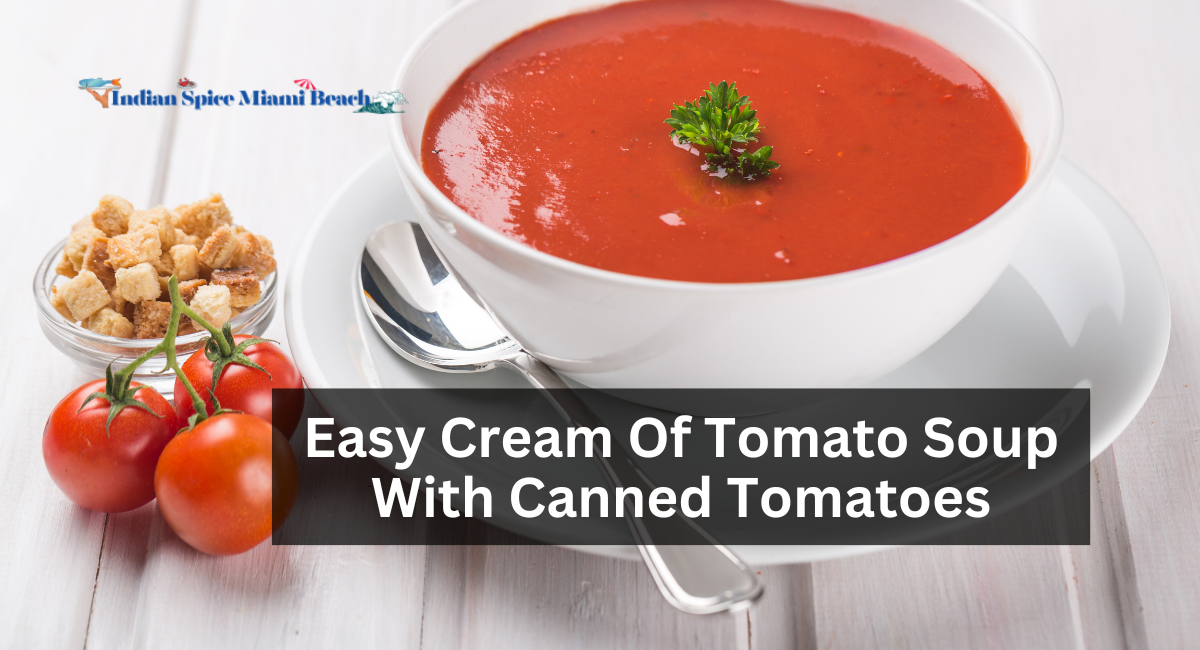Mastering the art of meringue creation for a pie is a delectable ability that imparts a dessert with an air of melancholy. The meringue’s delicate yet airy consistency, with its delicate sweetness and lightness, flawlessly enhances the opulent interior of a pie. Regardless of your level of experience in the kitchen, acquiring proficiency in meringue creation will significantly enhance your ability to prepare pies. This article, will explain how do you make meringue for a pie.
Ingredients
- 3 egg whites, each sizable, at room temperature
- 1/4 teaspoon tartar cream
- 3/4 cup sugar, granulated
- 1/2 teaspoon essence of vanilla
How Do You Make Meringue For A Pie?
Instruction
1. Separate Egg Whites
The yolks of four eggs should be separated using an egg separator. Whispers are positioned in a large basin. Allow the egg whites to rest for thirty minutes at room temperature. Egg whites brought to room temperature are beaten at a higher volume than those removed directly from the refrigerator.
2. Beat Egg Whites To Soft Peaks
Combine 1/2 teaspoon cream of tartar and 1 teaspoon vanilla before beginning with the egg whites. Although meringue can be made without cream of tartar, its presence stabilizes the dough and keeps it from shedding, so we recommend not skimping on it.
3. Add Sugar Gradually
1 tablespoon at a time, incorporate a quarter cup of sugar while pounding at high speed. Gradually incorporate the sugar while whipping the egg whites until firm peaks form (tips remain straight). Accelerating the addition of sugar will result in oxygen deprivation from the egg whites, impeding their thorough mixing.
4. Beat Meringue To Stiff
As the sugar dissolves, proceed to beat at an elevated speed until firm, glossy peaks begin to form. As the beaters are raised, the ends will become vertically oriented. Additionally, when rubbing the mixture between your fingertips, it should have a smooth consistency and no sugar granules should be visible.
5. Spread Meringue Over Filling
Spread the meringue over the heated pie filling immediately. By spreading the meringue to the periphery of the pie pastry, you prevent it from shrinking while it bakes and effectively encapsulate it. By facilitating subterranean cooking, the warm filling averts weeping, which is caused by forming a moisture layer between the meringue and filling.
6. Curl Meringue Peaks And Bake
To captivate guests with your prowess in pastry, acquire the ability to create meringue peaks. To prepare, swirl and twist the meringue as you distribute it with a spoon. Aside from being aesthetically pleasing, the browning of those ends during baking will impart an incredible sweet crunch to your pie.
Follow the baking instructions until the meringue turns a golden brown color. Refrigerate the pie for five to six hours before serving, after allowing it to chill on a wire rack.
Tips
- Room Temperature Eggs: Eggs should be used at room temperature. This facilitates the egg whites’ increased frothiness.
- Clean and Dry Utensils: Ensure that all implements you employ, including your mixing basin, beaters, and utensils, are thoroughly cleaned and dry. Fat residue may impede the egg whites’ ability to achieve their maximum volume.
- Separate Eggs Carefully: It is crucial to exercise caution when separating the eggs to prevent any yolk from entering the whites. Even a minute quantity of fat can hurt the whipping ability of the meringue.
- Fresh Eggs: For the finest meringue, use fresh eggs. Fresh egg whites contain more protein and emulsify more easily.
- Cream of Tartar: Cream of tartar contributes to creating a more stable and voluminous meringue by stabilizing the egg whites. If cream of tartar is unavailable, a pinch of white vinegar or lemon juice may be employed.
- Gradual Incorporation of Sugar: Whisk the egg whites while progressively incorporating the sugar. This facilitates the dissolution of the sugar and contributes to the formation of a stable, homogeneous meringue.
- Stiff Peaks: To achieve stiff peaks, whisk the egg whites until they become rigid. The peaks should retain their form and rigidity even as the beaters ascend.
- Spread Meringue to the Periphery: When applying the meringue to the pie, ensure it coats the pastry completely. This prevents the filling from eroding from the margins by aiding in its sealing.
- Placing Meringue: Position the meringue atop a heated pie filling. The filling’s heat aids in preheating the meringue’s base, inhibiting it from separating or streaming.
- Even Browning: Before baking, form peaks and patterns in the meringue. This contributes to the aesthetic appeal and ensures uniform browning of the meringue in the oven.
Creating an impeccable meringue for your pie is a gastronomic expedition that yields a sublime fusion of aromas and tastes. You will quickly be capable of crafting desserts that satiate the palate and enthrall the senses with mere diligence and some effort. Therefore, embrace the delight of baking and allow the delicate enchantment of meringue to transform your homemade pies into an exquisite work of art that will leave every diner begging for more.
Read More: How To Cook A Shoulder Roast In The Oven?
